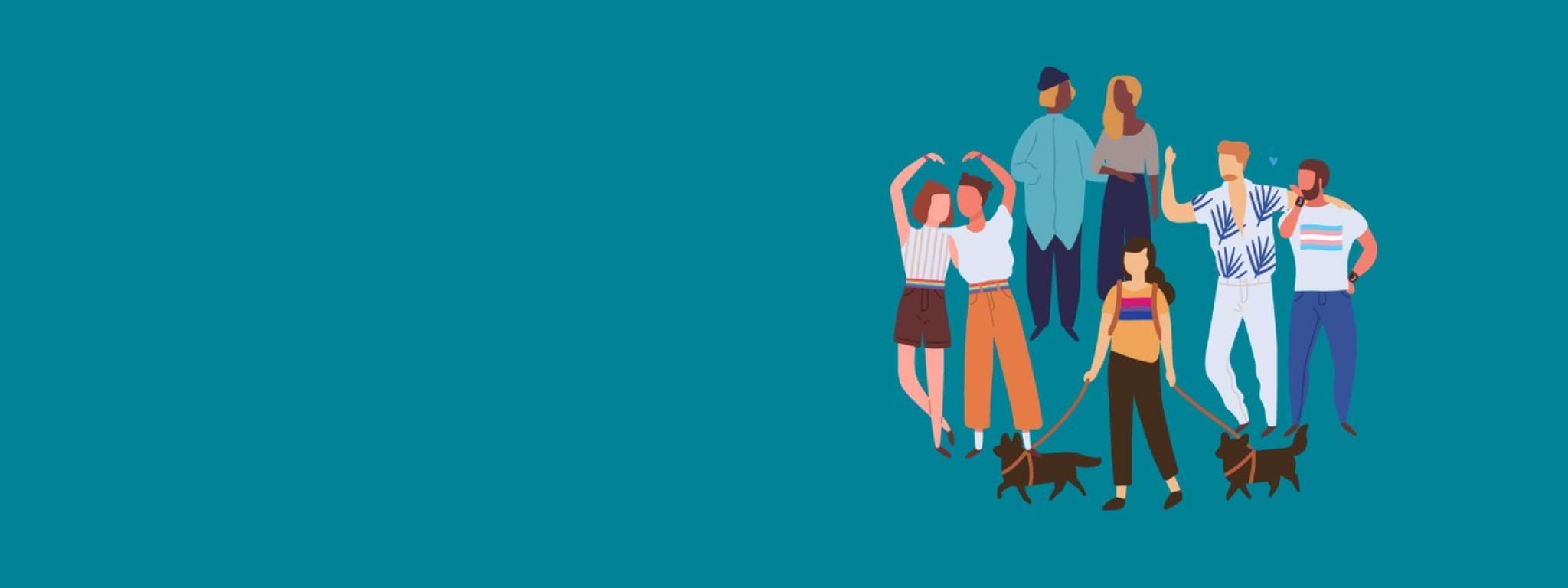Like all Victorians, LGBTIQA+ people take part in community life and use services. People called for high-quality, inclusive and accessible services that meet the diverse needs of LGBTIQA+ people, families and communities.
LGBTIQA+ Victorians may seek care from a health provider, support from a legal service, contribute to their workplace, play in a local sports club, use a housing service and take part in a school community. These settings – for example sports clubs and cultural groups – are important locations for building LGBTIQA+ connection and inclusion and celebrating community strengths. But LGBTIQA+ people may face more barriers than other Victorians when accessing those settings.
We need to look at barriers and discrimination in community settings like in the workplace, schools, community activities and when using services. Not all settings are welcoming for LGBTIQA+ people. For LGBTIQA+ people on the margins, access can be even more difficult because of homelessness, unemployment, level of literacy or living in a regional area.
‘Inclusion shouldn’t be a box-ticking process. It should be an ongoing commitment.’
Workshop participant, youth consultation
Stopping discrimination is critical: the single strongest and most consistent predictor of poor mental health and wellbeing among LGBTIQA+ communities is experiences of abuse, harassment or assault1.
In some cases, targeted and inclusive services or specialist skills catering to LGBTIQA+ needs are absent. Where specialist health services do exist, people endure longer wait times due to high demand and limited capacity. There is also an opportunity to reinforce the crucial role of peer-led workforces in both specialist LGBTIQA+ services and programs in mainstream settings.
References
[1] Abelson J, et al. 2006, ‘Factors associated with ‘feeling suicidal’: the role of sexual identity’, Journal of Homosexuality, 51, 59–80
Bariola E, et al. 2016, ‘Gender-specific health implications of minority stress among lesbians and gay men’, Australian & New Zealand Journal of Public Health, 40(6), 506–512
Dolan IJ, et al. 2020, ‘Misgendering and experiences of stigma in health care settings for transgender people’, Medical Journal of Australia, 212(4), 150–151
Strauss P, et al. 2020, ‘Mental health issues and complex experiences of abuse among trans and gender diverse young people: findings from Trans Pathways’, LGBT Health, 7(3), 128–136
Updated

